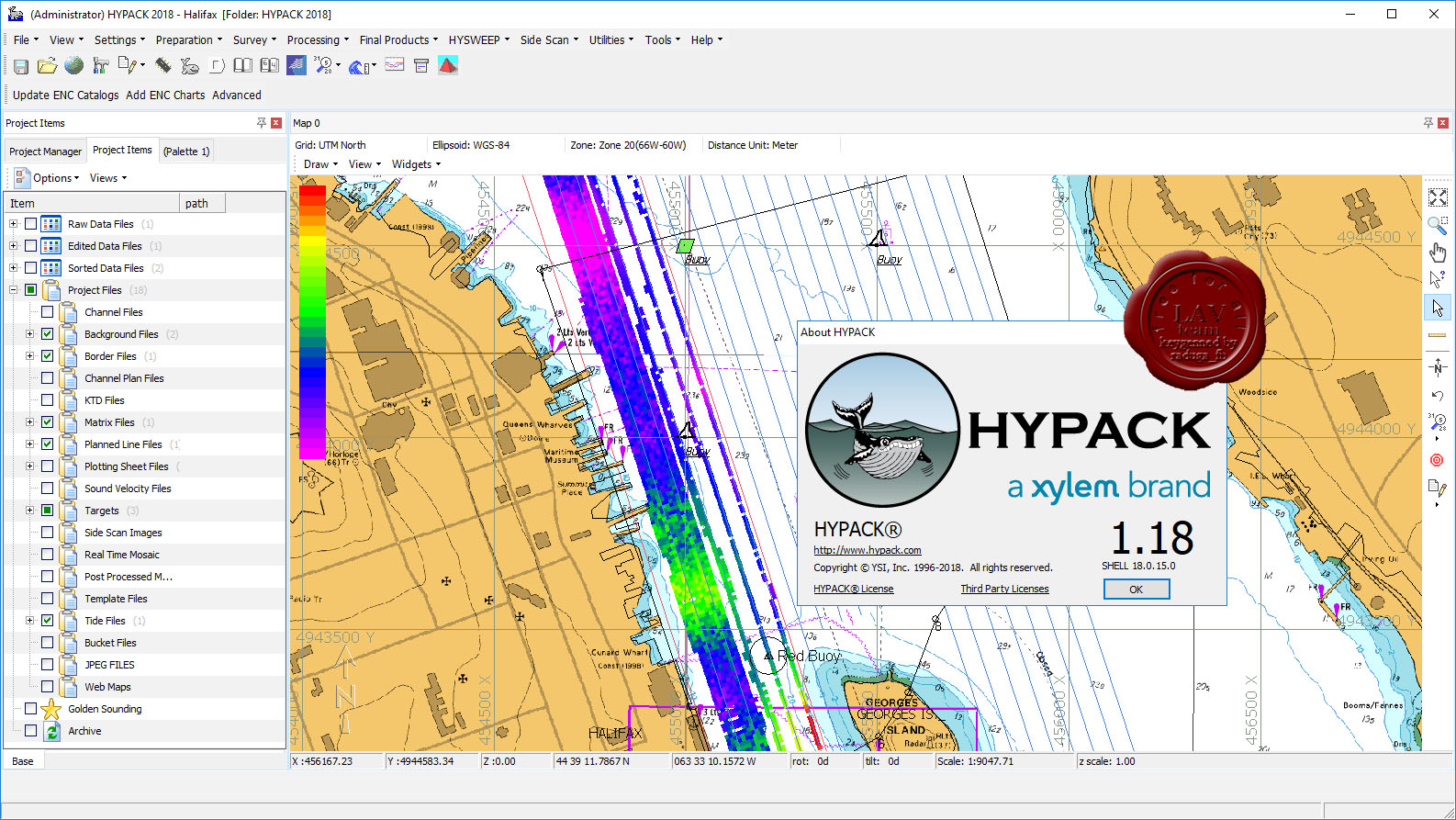

#Hypack 2016 portable#
Part or all of this report is presented in Portable Document Format Ohio-Kentucky-Indiana Water Science Center Bathymetric Survey Results for Morse and Geist Reservoirsīathymetric surveys of Morse and Geist Reservoirs in central Indiana made with a multibeam echosounder, 2016, and comparison with previous surveys.Geological Survey Scientific Investigations Report 2020–5067, 39 p. Suggested Citationīoldt, J.A., and Martin, Z.W., 2020, Bathymetric surveys of Morse and Geist Reservoirs in central Indiana made with a multibeam echosounder, 2016, and comparison with previous surveys: U.S.

The differences between the current and historical surveys may be due to sedimentation, differences in accuracy between previous surveys, or a combination of both. The data indicate higher sedimentation rates in the upper parts of each reservoir as compared to near the dam and higher sedimentation rates in Morse Reservoir (0.5 inch per year) than in Geist Reservoir (0.2 inch per year). The computed volume of Geist Reservoir was 21,146 acre-feet (6.89 billion gallons) with a surface area of 1,853 acres (80.7 million square feet).īetween 19, lake bottom elevations have increased by a mean of 0.32 feet in Morse Reservoir and 0.27 feet in Geist Reservoir. The computed volume of Morse Reservoir was 23,136 acre-feet (7.54 billion gallons) with a surface area of 1,439 acres (62.7 million square feet).
#Hypack 2016 software#
The data were processed and combined using HYPACK and ArcMap software to develop a triangulated irregular network, a 5-foot gridded bathymetric dataset, a reservoir capacity table, and a bathymetric contour map for each reservoir. Bathymetric data were collected using a high-resolution multibeam echosounder, and supplemental data were collected in coves and other shallow areas using an acoustic Doppler current profiler. Morse and Geist Reservoirs were surveyed to create updated bathymetric maps, determine storage capacities (volume) at specified water-surface elevations, and compare current conditions to historical surveys. Both reservoirs serve as water supply, flood control, and recreational resources for the city of Indianapolis and the surrounding communities. Geological Survey, in cooperation with Citizens Energy Group, conducted a bathymetric survey of Morse and Geist Reservoirs in central Indiana in April and May of 2016 with a multibeam echosounder. Director, Ohio-Kentucky-Indiana Water Science Center


 0 kommentar(er)
0 kommentar(er)
